A brief history of the two divisions of American paratroopers who landed in Sainte-Mère-Eglise on June 6, 1944.
The 82nd Airborne Division
The origin of the 82nd can be traced back to World War I. It was at that time the 82nd Infantry Division, composed of men from every state in America, hence the meaning of double A’s badge , “All American“.

The division was sent to France in 1917 and saw action in Lorraine, Meuse, Argonne then, during the offensive of St. Mihiel in 1918. The 82nd was demobilized on May 27 1919 on its return from the front and became June 24, 1921, a unit of the Army Reserve.
March 25, 1942, the 82nd DI was reactivated at Camp Claiborne, Louisiana under the command of Major General Omar N. Bradley. On August 15 the same year, it became the first American airborne division (82nd Airborne Division) headed by Major-General Matthew B. Ridgway. In October 1942, the new Airborne Division moved to Fort Bragg North Carolina and continued its training around the 504th and 505th PIR (Parachute Infantry Regiment) and the 325th GIR (Glider Infantry Regiment) who became the backbone of the 82nd AB.
In May 1943, the 82nd AB was the first and only airborne division to land by boat in Casablanca, Morocco before receding to the Tunisian border. In July 1943, the 82nd AB participated in the first airborne assault in military history of the United States, during the invasion of Sicily (Operation Husky). Back in Tunisia, the 82nd AB began preparing for its second combat operation that started in September 1943 in Italy (Operation Avalanche). October 1st, the 505th PIR was the first infantry regiment to enter Naples. In December 1943, Colonel James M.Gavin was promoted Brigadier General and became commander of the 82nd AB.
In January 1944, the regiments of the 82nd AB remained in Italy (504th PIR, 376th PFAB, 307th AEB) in order to participate in the assault on Anzio (Operation Shingle), the remainder of the division joined the Northern Ireland. In mid-February 1944, the 82nd AB moved to Nottingham in England to take part in D-Day, the night of 5th to 6th June 1944 in France (Operation Neptune) prelude to Operation Overlord. The 82nd AB was reinforced by two new regiments, the 507th PIR and the 508th, the 504th remaining in Italy. After 33 days of fighting, the 82nd AB returned to England, July 13, 1944.
General Gavin took command of the 82nd AB while General Ridgway became head of the XVIII Airborne Corps and became the commander of the 17th, 82nd and 101st AB.
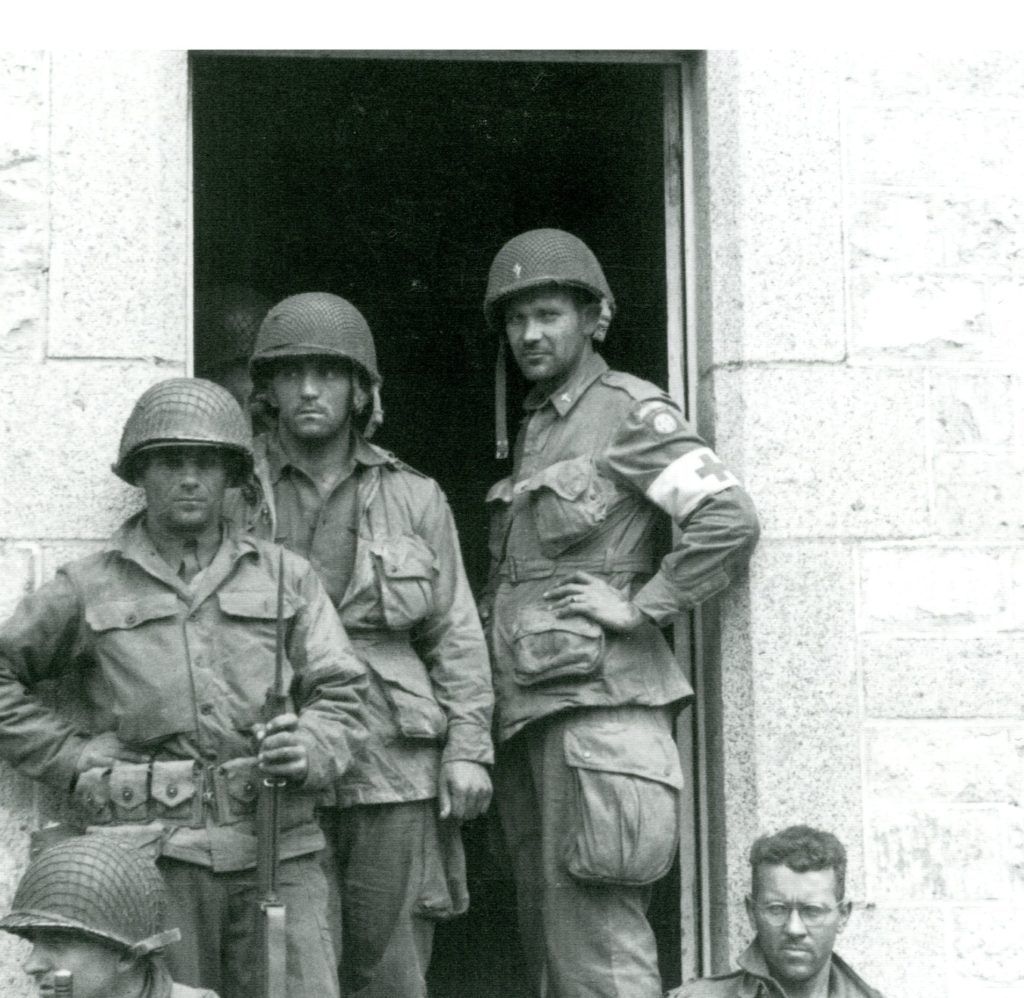
In mid-September 1944, the 82nd AB participated in the airborne assault on Holland (Operation Market-Garden) and November 13 was freed by the Canadians after 56 days of fighting. The division moved near Reims in France as a backup. In December 1944, the Germans launched their last major offensive in the Ardennes, passing through Luxembourg and Belgium. This is the night of December 17, 1944 as the 82nd AB got back on the road towards the Ardennes Forest to help out Allied forces. The winter was announced as the roughest and deadliest for the 82nd AB, who would be freed on 19 February 1945 and returned to France in Sissonne.
March 30, 1945, the 82nd AB headed in the Bonn region and of the Rhine river in Germany. May 4, 1945, a patrol comes into contact with the Russians after the surrender of Germany. The 82nd AB becomes the main occupational force in Berlin, where it would go on to get the nickname “America’s Guard of Honor“.
The 101st Airborne Division
The 101st DI was created in November 1918 but didn’t participate in the First World War. In June 1921, the 101st Infantry Division was essentially composed of men called for the federal service and placed in reserve unit. This division became the 101st Airborne Division (101st AB) in August 1942 under the command of Major General William C. Lee at Camp Claiborne, Louisiana.
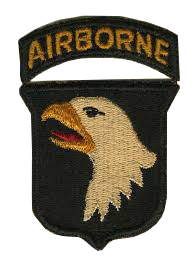
At first, the new airborne division was composed of the 327th and 401st GIR (Glider Infantry Regiment) and the 502nd PIR (Parachute Infantry Regiment). In the course of 1942, two new regiments joined the 101st AB: the 501st and 506th PIR.
In 1943, the division took part in its first major maneuvers in the U.S. and after these exercises, returned to Fort Bragg cantonment. In mid-August 1943, the 101st AB, received its order of departure for England. February 5th, 1944, the 101st AB lost its commander, General Lee, who suffered from a heart attack and will be replaced in March 14th, 1944 by Brigadier-General Maxwell D.Taylor, former commander of the Divisional Artillery of the 82nd AB.
In England, the 101st AB continued to train and participate in three maneuvers announcing the first combat operation for the division. June 5th, 1944, General Eisenhower visited the 101st AB to bid them farewell and wish them good luck, because on the night of the 5th to the 6th of June 1944, the 101st along with the 82nd AB jumped in Normandy and began write the first lines of its history.
In the morning of June 6th, the division lost its first officer: Brigadier General Donald F.Pratt, commander of the division was instantly killed in the crash of his glider (the Fighting Falcon near Hiesville). During the Battle of Normandy, the losses are substantial for the division: over 2000 men were killed and nearly 8,000 wounded and 350 prisoners.
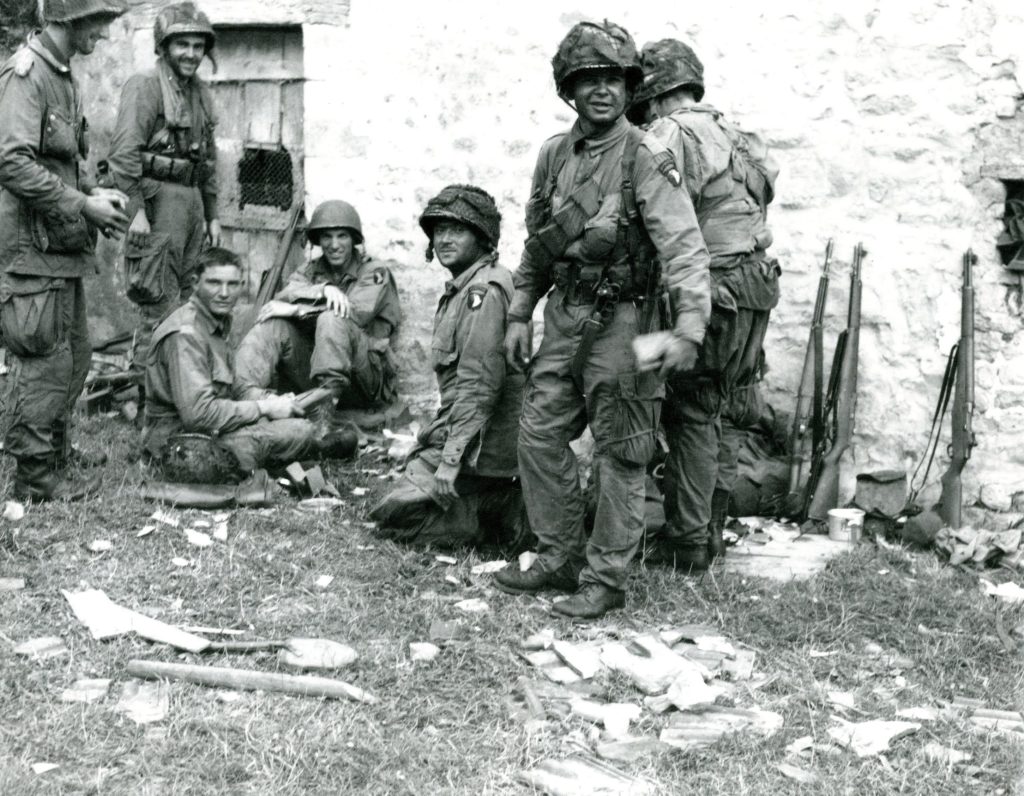
The division returned to England to rest and re-equip in preparation for subsequent further operations. September 17th, 1944, the 101st AB jumped in Holland (Market Garden) with the main objectives to take the bridges and defend the area of Eindhoven. The gliders landed on the LZ (Landing Zone), on the 18th and 19th of September 1944.
The division returned to France in November 1944 in Mourmelon. General Taylor was called urgently to Washington and passed the temporary command of the division to Brigadier General Anthony C.McAuliffe.
On the 18th of December 1944, the 101st AB went to the rescue of his comrades surrounded at Bastogne in the Belgian Ardennes. The defense of Bastogne by the 101st AB allowed slowing down and stopping the German advance in the sector.
January 18th, 1945, the division moved to Alsace in the sector of Sarrebourg untill the end of February. On the 1st March 1945, the 101st AB returned to Mourmelon and received the “Distinguished Unit Citation” from the hands of General Eisenhower,for its role in Bastogne.
Beginning in April 1945, the 101st AB took position in Germany, on the banks of the Rhine and part of the division headed to Berchtesgaden (Adolf Hitler Eagle’s Nest). The division remained in Germany in search of Nazis trying to hide and it will be relieved on the 1st of August 1945 before returning to France and get ready to jump in Japan.
The jump will be cancelled after the Japanese surrender on September 2nd, 1945, and the division was disabled in France in November 30th, 1945.
The Pathfinders
The first operational jumps performed by the 82nd Airborne Division in Sicily (July 9, 1943), were doomed to large losses mainly because the drops happened too far from the DZ (Drop Zone).
It was decided to create teams of pathfinders, parachuted in advance to secure areas and mark drop zones.
These men will be equipped with new hardware specific, the beacon transmitter “EUREKA” (AN/PPN-1A), paired with a receiver located on the C-47 called “Rebecca” (APN-2) were to improve workflow and precision jumps.
The first teams of Pathfinders were dropped in Italy (Salerno – September 13, 1943).
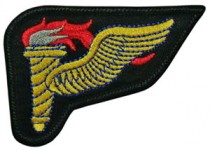
In February 1944, the new airfield at North Whitman, England, was created as a school of Pathfinders in the IX Troop Carrier Command Pathfinder School.
At that time, the image of the Pathfinders did not have this elite reputation, the 82nd and the 101st sent 300 paratroopers in training. Some were volunteer, others were transferred for disciplinary problems.
Each Pathfinder team was assigned a C-47 and its specific crew.
The paratroopers of these units jumped 5-7 times a week, at least twice at night.
In May 44, 18 teams are formed for Operation Neptune, three for each drop zone (DZ A, N, C, O, D, T).
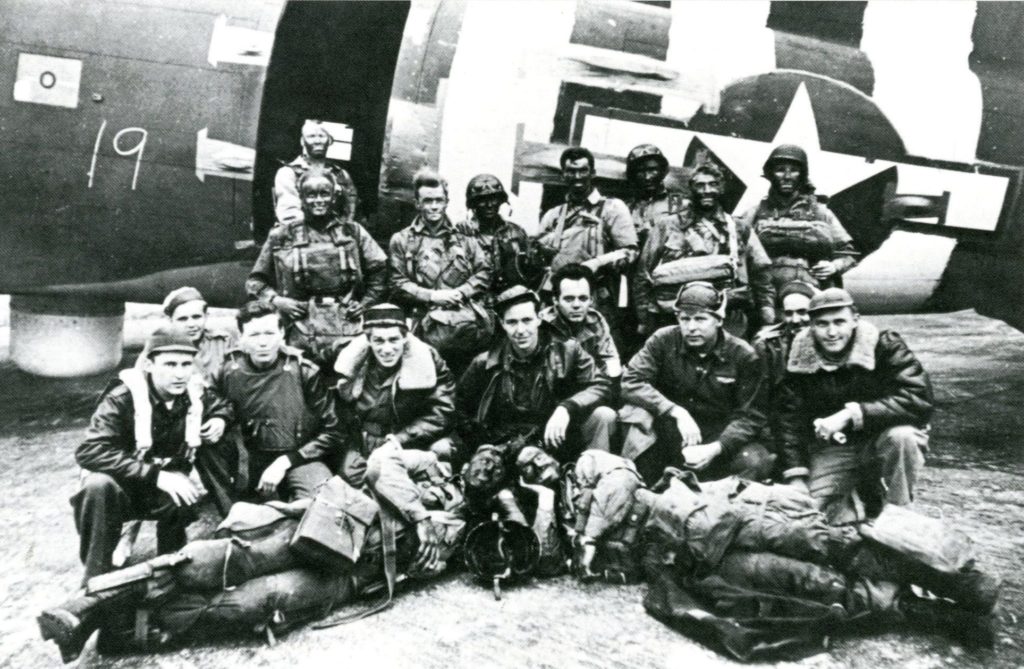
Team composition
- An officer team leader, (Lieutenant)
- An officer assistant team leader
- Two operators of the tag “EUREKA”
- 2 assistants operator tag
- A section head lamp Holophane
- 7 men each equipped with two lamps holophanes
- 4 to 6 men to protect the DZ.
During a night jump, 7 Pathfinders jumped with two Holophane lamps also called Aldis lamps. 7 of them are placed on the ground to form a T, the base of T indicating the direction of the jump, the crossbar, the jump departure.
They are lit when the hum of the engines of the lead aircraft is perceived. They are placed on telescopic tripods so as to be easily visible from an airplane but almost invisible from the ground.
The last lamp is activated by an operator, it flashes the Morse letter of DZ, had to help leaders identify their areas of respective jump, indicated by lamps of different colours (green, red and amber) following the areas and units.
During a break day, Pathfinders use phosphorescent orange panels that flatten the ground to form a letter, smoke grenades and a beacon, and protect the drop zone of possible attacks.


